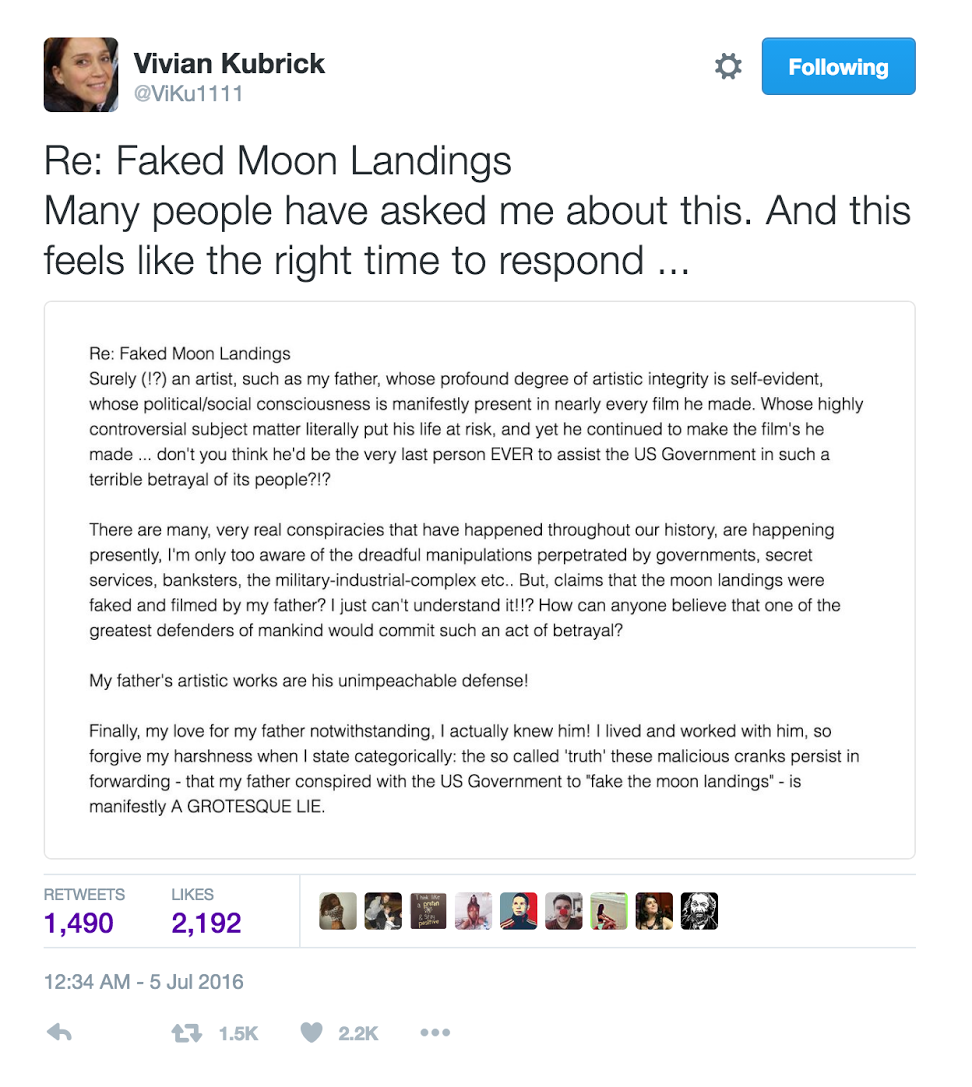There was a time when drawing up a list of your top ten favorite films of all time would suffice to establish yourself as a cinephile. But subsequent generations of ever more obsessive film-lovers have upped the ante — as, even more influentially, have the filmmaker-cinephiles. Quentin Tarantino (on whose favorite movies we have posted many a time) may still stand as that tribe’s living archetype, but his successors have made no secrets of the cinema they admire. Take, for instance, Edgar Wright, director of such intelligent comedies as Shaun of the Dead, Hot Fuzz, and The World’s End, and author (with MUBI’s Sam DiSalle) of a list of his top thousand favorite films of all time.
“Arranged in chronological order, Wright’s list kicks off with Robert Wiene’s 1920 classic The Cabinet of Dr. Caligari and concludes with Nicolas Winding Refn’s controversial horror flick The Neon Demon, which opened this year,” writes Entertainment Weekly’s Decvan Coggan. “In between are 998 eclectic choices, including everything from Citizen Kane and The Godfather to The Lobster and The LEGO Movie.” That may not come as much of a surprise to Wright’s fans, who appreciate the eclectic sensibility, both aesthetic and comedic, that permeates his films. Now they have a guide to follow, through its influence on his thoroughly 21st-century work, into nearly the entire history of cinema.
In fact, they can start right now with no fewer than ten pictures from the earlier part of his chronologically-arranged list. Follow the links below to our posts on them here on Open Culture, where you can watch them for free. The ones with an asterisk you can watch right here on this page.
- The Cabinet of Dr Caligari*
- Nosferatu
- The General*
- Metropolis
- Sunrise
- The Passion of Joan of Arc
- His Girl Friday
- Detour
- D.O.A.
Hyperkinetic humor, snappy dialogue, unreality, dystopia, menace: all qualities just as present in these classic movies as in Wright’s own. Once you’ve seen them, you’ll find your appreciation for his back catalog has risen to a whole new level — and they’ll no doubt place you well to have the fullest possible viewing experience of his latest picture, a crime comedy called Baby Driver, when it hits theaters next year.
Related Content:
Quentin Tarantino Picks the 12 Best Films of All Time; Watch Two of His Favorites Free Online
Martin Scorsese Makes a List of 85 Films Every Aspiring Filmmaker Needs to See
Orson Welles Names His 10 Favorite Films: From Chaplin’s City Lights to Ford’s Stagecoach
1,150 Free Movies Online: Great Classics, Indies, Noir, Westerns, etc.
Based in Seoul, Colin Marshall writes and broadcasts on cities and culture. He’s at work on a book about Los Angeles, A Los Angeles Primer, the video series The City in Cinema, the crowdfunded journalism project Where Is the City of the Future?, and the Los Angeles Review of Books’ Korea Blog. Follow him on Twitter at @colinmarshall or on Facebook.




